I suppose most writers describe best the places they know well. I increasingly find myself placing stories in a retirement community much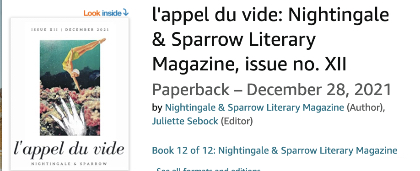 like the one I’ve lived in now almost six years.
like the one I’ve lived in now almost six years.
But, I tell any neighbors who happen to read one of these stories, this isn’t about anyone here. Some of us may find common ground in some situations I invent, but they’re fiction.
“New Beginnings” is a made-up story that I hope many of my friends will find as authentic as the locus. It fits the “l’appel du vide” (call of the void — don’t jump!) in Vol 12 of Nightingale & Sparrow, a literary magazine available both in print at Amazon and online ==>>here
Frankly, it’s hard to read there; easier ==>>right here

 encounter a problem like my protagonist’s. Rather, because that I learned from her example that a math teacher can retire to occasional classroom tutoring . “Math Game” is out now in Panoply; read it
encounter a problem like my protagonist’s. Rather, because that I learned from her example that a math teacher can retire to occasional classroom tutoring . “Math Game” is out now in Panoply; read it  science fiction, supernatural, or weird stories.)
science fiction, supernatural, or weird stories.)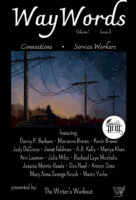 housemates for two decades. Then the one who owns the house decides to re-marry; the other has to make new plans. I sent her to Montana, trolling.
housemates for two decades. Then the one who owns the house decides to re-marry; the other has to make new plans. I sent her to Montana, trolling. my Doctor’s Orders last September 17, and published it today, 10 1/2 months later! When they sent me a heads-up last week, I had to go back in my files to remember the story.
my Doctor’s Orders last September 17, and published it today, 10 1/2 months later! When they sent me a heads-up last week, I had to go back in my files to remember the story.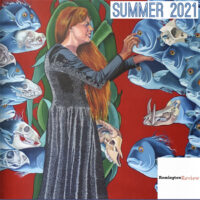 the concept of a pause, of silence as an action, as something empty that adds to what is there, of the emptiness someone leaves in a room. . .”
the concept of a pause, of silence as an action, as something empty that adds to what is there, of the emptiness someone leaves in a room. . .”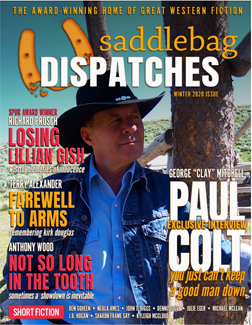 stories: The setting, often, and some of the characters.
stories: The setting, often, and some of the characters.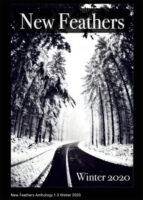
 flood of memories, but it’s had a hard time seeing the light of day. It was accepted four years ago by The Violet Hour, a literary magazine that went defunct a few months later. When I finally figured that out, I sent the story off to another magazine called Aftermath. It, too, went out of business, although it took me long months to discover that my story was still homeless.
flood of memories, but it’s had a hard time seeing the light of day. It was accepted four years ago by The Violet Hour, a literary magazine that went defunct a few months later. When I finally figured that out, I sent the story off to another magazine called Aftermath. It, too, went out of business, although it took me long months to discover that my story was still homeless.